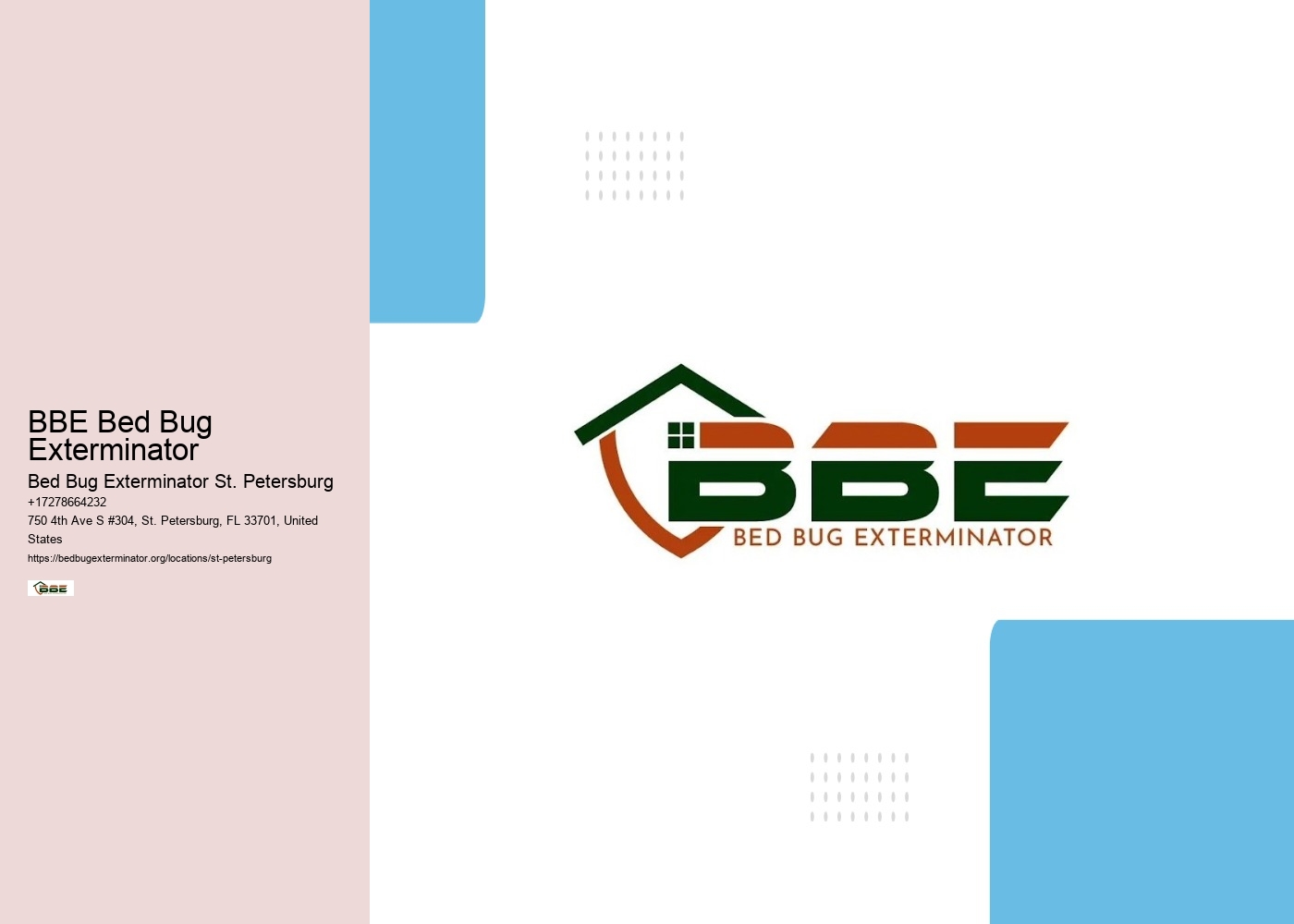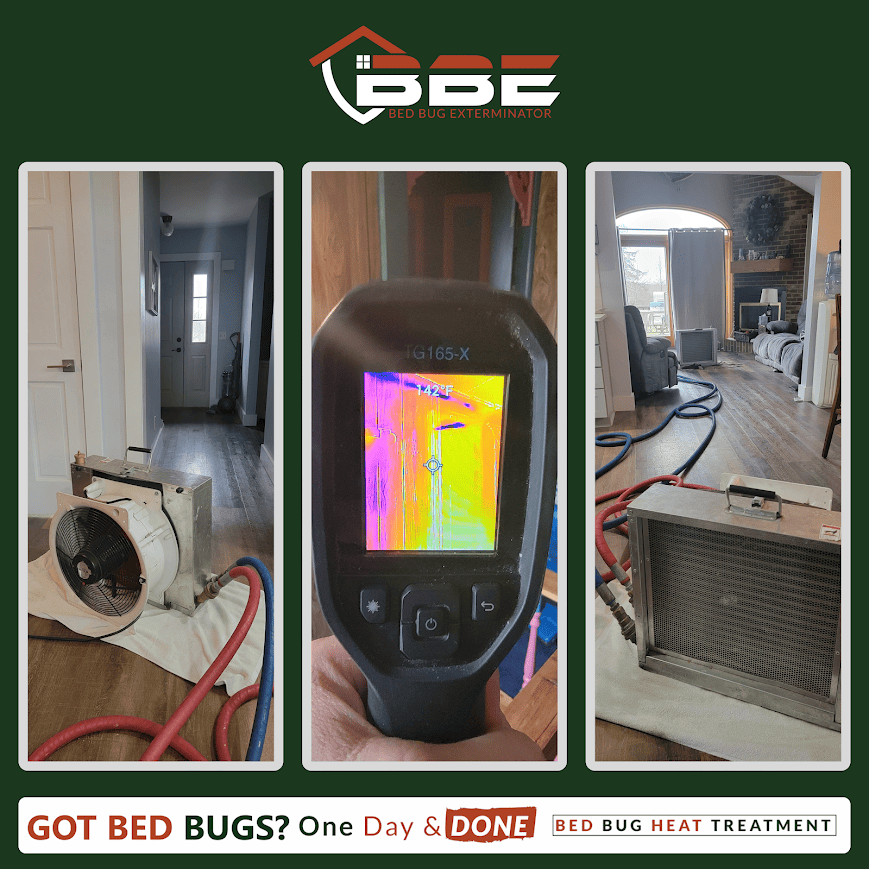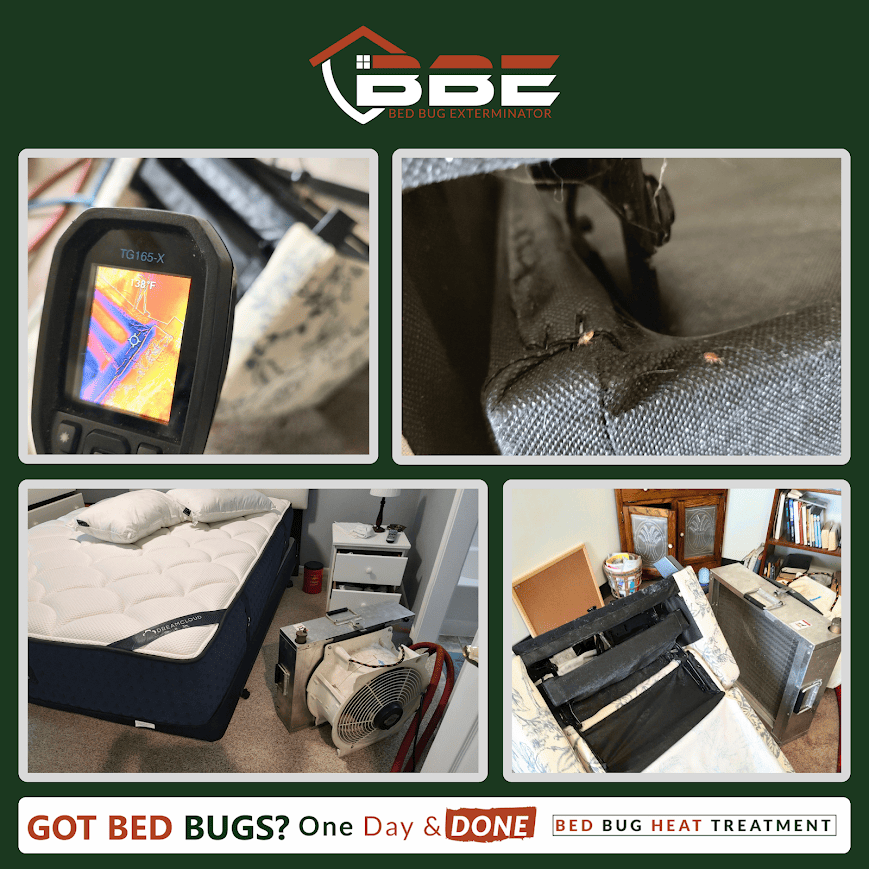

The resurgence of bed bugs has prompted an increased demand for effective exterminator services, underscoring the need for homeowners to understand the complexities of eradication. Recognizing the signs of infestation and the life cycle of these pests is vital for effective treatment.
Additionally, knowing how to select a qualified exterminator can greatly influence the success of the eradication process.
As we explore various treatment options and preventative measures, it becomes evident that a thorough approach is essential for long-term success in maintaining a bed bug-free environment. What strategies will prove most effective in addressing this pervasive issue?
Bed bugs, often found in residential and commercial settings, are small, parasitic insects that feed exclusively on the blood of humans and animals. Measuring approximately 4 to 5 millimeters in length, they are brownish in color and have a flattened, oval shape, which allows them to hide in tiny crevices.
Bed bugs are nocturnal, emerging primarily at night to feed, and their bites can lead to various allergic reactions in humans, including redness, swelling, and itching.
They reproduce quickly, with a female capable of laying up to 500 eggs in her lifetime, making early detection and intervention vital for controlling infestations. Understanding their biology and behavior is essential for effective management and prevention strategies in affected environments.
Identifying the signs of a bed bug infestation is essential for prompt intervention and management. Common indicators include the presence of small, rust-colored stains on bedding or upholstery, which are often remnants of bed bug excrement.
Additionally, dark spots may appear where bed bugs have hidden, typically in seams of mattresses or furniture. Egg cases, resembling tiny yellowish shells, can also signal an infestation.
Unexplained bites on exposed skin, often appearing in clusters, are another key sign, as bed bugs feed on human blood during the night. Furthermore, a musty odor may emanate from infested areas, caused by bed bug secretions. Recognizing these symptoms early can aid in implementing effective extermination strategies.

Understanding the signs of infestation is only the first step in combating bed bugs; knowledge of their life cycle is equally important for effective control. Bed bugs undergo a complete metamorphosis consisting of four stages: egg, nymph, and adult.
Females lay approximately 200 to 500 eggs during their lifetime, which hatch within 6 to 10 days. Newly emerged nymphs are miniature versions of adults and require blood meals to grow. They molt five times before reaching maturity, typically within 5 weeks under ideal conditions.
Adult bed bugs can live for several months without feeding, making them particularly resilient. Recognizing this life cycle enables property owners and exterminators to target bed bugs at various stages, enhancing eradication efforts.
Effective bed bug control requires a variety of treatment options tailored to the specific needs of the infestation. Common methods include heat treatment, where temperatures above 120°F eliminate all life stages of bed bugs, making it a highly effective approach.
Chemical treatments involve the application of insecticides specifically designed to target bed bugs, often used in conjunction with other methods for enhanced efficacy. Vacuuming and steam cleaning can also assist in physically removing bed bugs and their eggs from surfaces.
Additionally, encasements for mattresses and box springs offer a protective barrier, preventing bed bugs from infesting these areas. Integrated pest management (IPM) strategies combine multiple approaches to guarantee thorough eradication and minimize the risk of reinfestation.

Selecting the right exterminator is crucial for successful bed bug eradication. Begin by researching local pest control companies with proven expertise in bed bug treatments. Look for certifications from reputable organizations, such as the National Pest Management Association, which indicate a commitment to industry standards.
Customer reviews and testimonials can provide insights into the effectiveness of their services and customer satisfaction. Make sure the exterminator offers a thorough treatment plan, including follow-up inspections, to assess the effectiveness of their methods.
Additionally, inquire about the types of pesticides used, prioritizing those that are safe for your environment. Finally, obtain detailed written estimates and contracts to avoid unexpected costs, ensuring that you choose a qualified professional capable of addressing your specific infestation effectively.
Implementing preventive measures is essential to safeguarding your home against future bed bug infestations. Begin by regularly inspecting your living spaces, particularly in areas like mattresses, bed frames, and upholstered furniture. Seal cracks and crevices where bed bugs may hide, using caulk or other appropriate materials.
When traveling, inspect hotel rooms and keep luggage elevated on stands. Launder bedding and clothing frequently in hot water and dry on high heat to eliminate any hidden eggs or bugs. Utilize mattress and box spring encasements to create a barrier against potential infestations.
Additionally, maintain clutter-free environments to reduce hiding spots. Regularly consult with pest control professionals for routine inspections, ensuring that your defenses remain strong against future threats.

The duration of a bed bug treatment can vary considerably based on factors such as the severity of the infestation, the size of the property, and the treatment method employed. Typically, initial treatments may take anywhere from 2 to 8 hours. Subsequent follow-up treatments can take less time, often ranging from 1 to 4 hours. It is essential to consult with a pest control professional to obtain a more accurate estimate tailored to your specific situation.
Bed bugs do not exclusively inhabit mattresses and bedding; they can be found in various locations throughout a home. These pests often hide in cracks and crevices, including furniture, baseboards, carpets, and even behind wallpaper. Their ability to thrive in diverse environments makes them particularly challenging to eliminate. Effective management requires a thorough understanding of their behavior and habitats to guarantee all potential hiding places are addressed during extermination efforts.
Bed bugs do not typically go away on their own. These pests reproduce rapidly, and their populations can grow exponentially if left untreated. Factors such as a consistent food source—namely, human hosts—allow bed bugs to thrive. While some may experience temporary reductions in sightings, complete eradication without intervention is unlikely. Professional pest control methods are essential to effectively eliminate bed bugs and prevent re-infestation, ensuring a long-term solution to the problem.